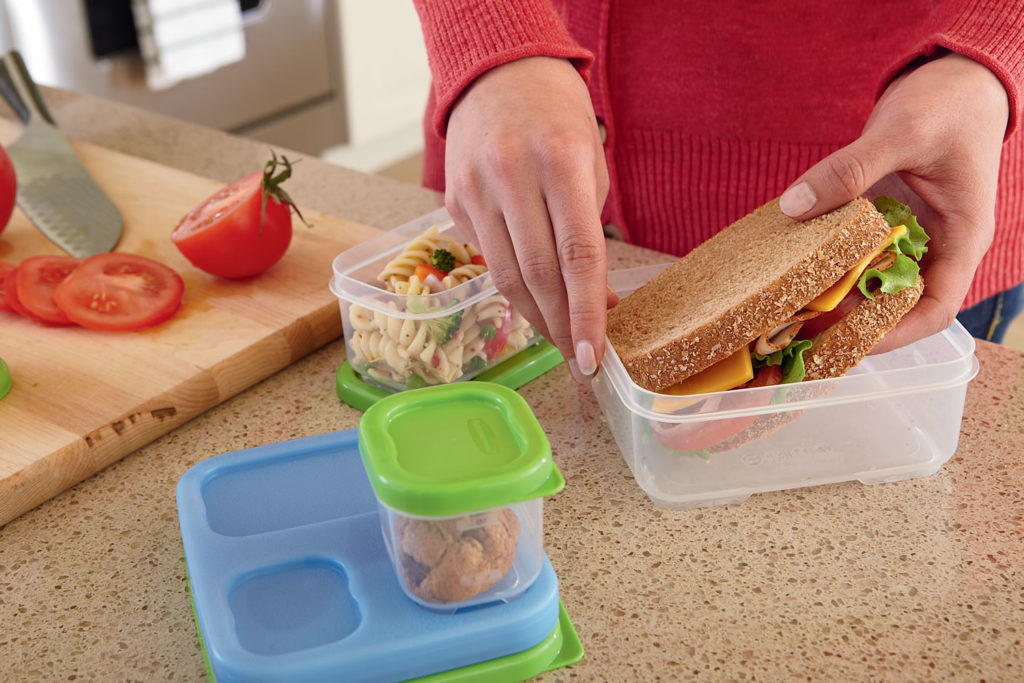Portion Control Know-How!
go.ncsu.edu/readext?610932
en Español / em Português
El inglés es el idioma de control de esta página. En la medida en que haya algún conflicto entre la traducción al inglés y la traducción, el inglés prevalece.
Al hacer clic en el enlace de traducción se activa un servicio de traducción gratuito para convertir la página al español. Al igual que con cualquier traducción por Internet, la conversión no es sensible al contexto y puede que no traduzca el texto en su significado original. NC State Extension no garantiza la exactitud del texto traducido. Por favor, tenga en cuenta que algunas aplicaciones y/o servicios pueden no funcionar como se espera cuando se traducen.
Português
Inglês é o idioma de controle desta página. Na medida que haja algum conflito entre o texto original em Inglês e a tradução, o Inglês prevalece.
Ao clicar no link de tradução, um serviço gratuito de tradução será ativado para converter a página para o Português. Como em qualquer tradução pela internet, a conversão não é sensivel ao contexto e pode não ocorrer a tradução para o significado orginal. O serviço de Extensão da Carolina do Norte (NC State Extension) não garante a exatidão do texto traduzido. Por favor, observe que algumas funções ou serviços podem não funcionar como esperado após a tradução.
English
English is the controlling language of this page. To the extent there is any conflict between the English text and the translation, English controls.
Clicking on the translation link activates a free translation service to convert the page to Spanish. As with any Internet translation, the conversion is not context-sensitive and may not translate the text to its original meaning. NC State Extension does not guarantee the accuracy of the translated text. Please note that some applications and/or services may not function as expected when translated.
Collapse ▲
(Source from Rubbermaid Products via Flickr)
Portioning your food can make a huge impact on creating a healthy lifestyle and great management of one’s weight. Here are 5 tips on cutting portions and trimming calories provided by Michigan State University Extension:
- Use smaller serve ware for dishes and snacks – This helps to limit the amount of food you may consume by the available size of storage given.
- Have healthy low-calorie snacks in between meals – Try having your favorite fruit sliced up like apples, orange or pineapple. You could also have a few whole wheat crackers with cheese, or popcorn with little or no added salt.
- Drink water right before you eat your meal – This helps to curb your appetite to prevent overeating and helps to keep your body hydrated.
- Add more vegetables to your meal – You can never get enough vegetables, especially when they are packed with so many vitamins and minerals. Adding more vegetables to a meal can help you stay full and cut down on calories by adding in more proteins or grains.
- Take your time to eat your meals – Make sure to savor what you eat. When you take time out to eat and void yourself of distractions, it can help with preventing getting more servings.
References:
“Five tips to help you manage portion control” – MSU Extension




